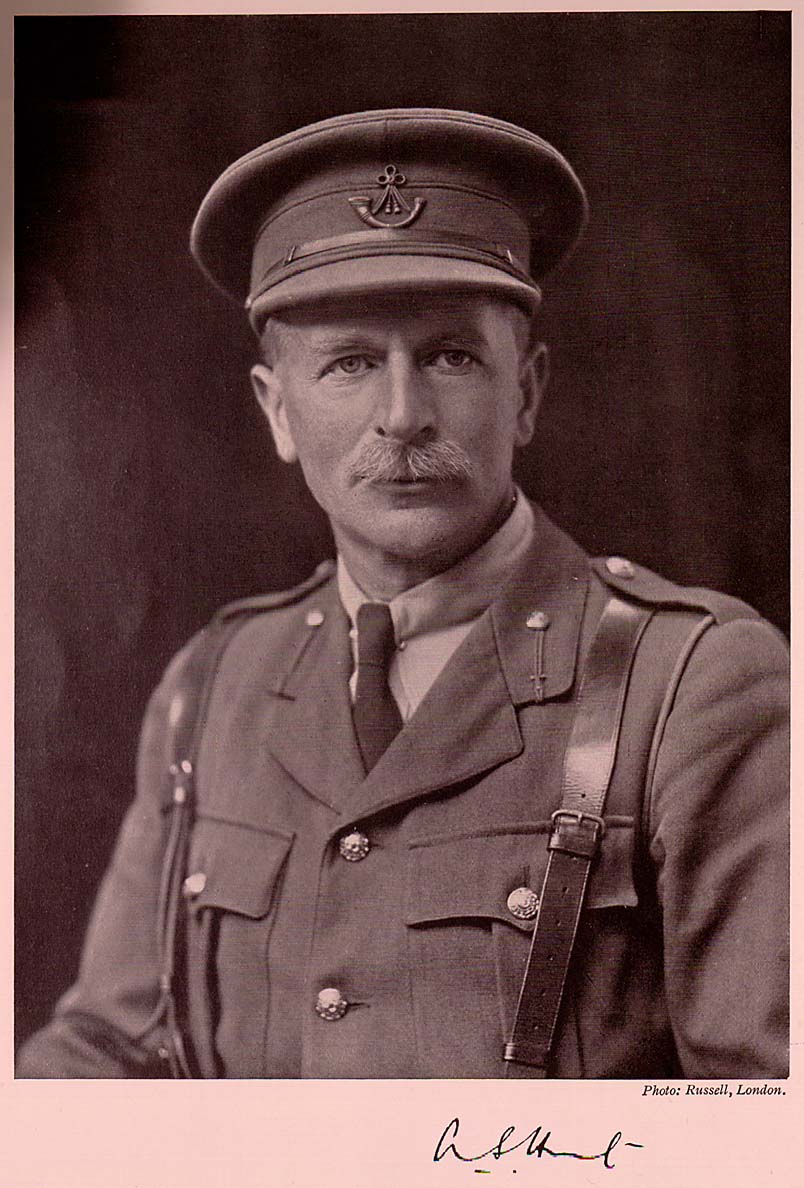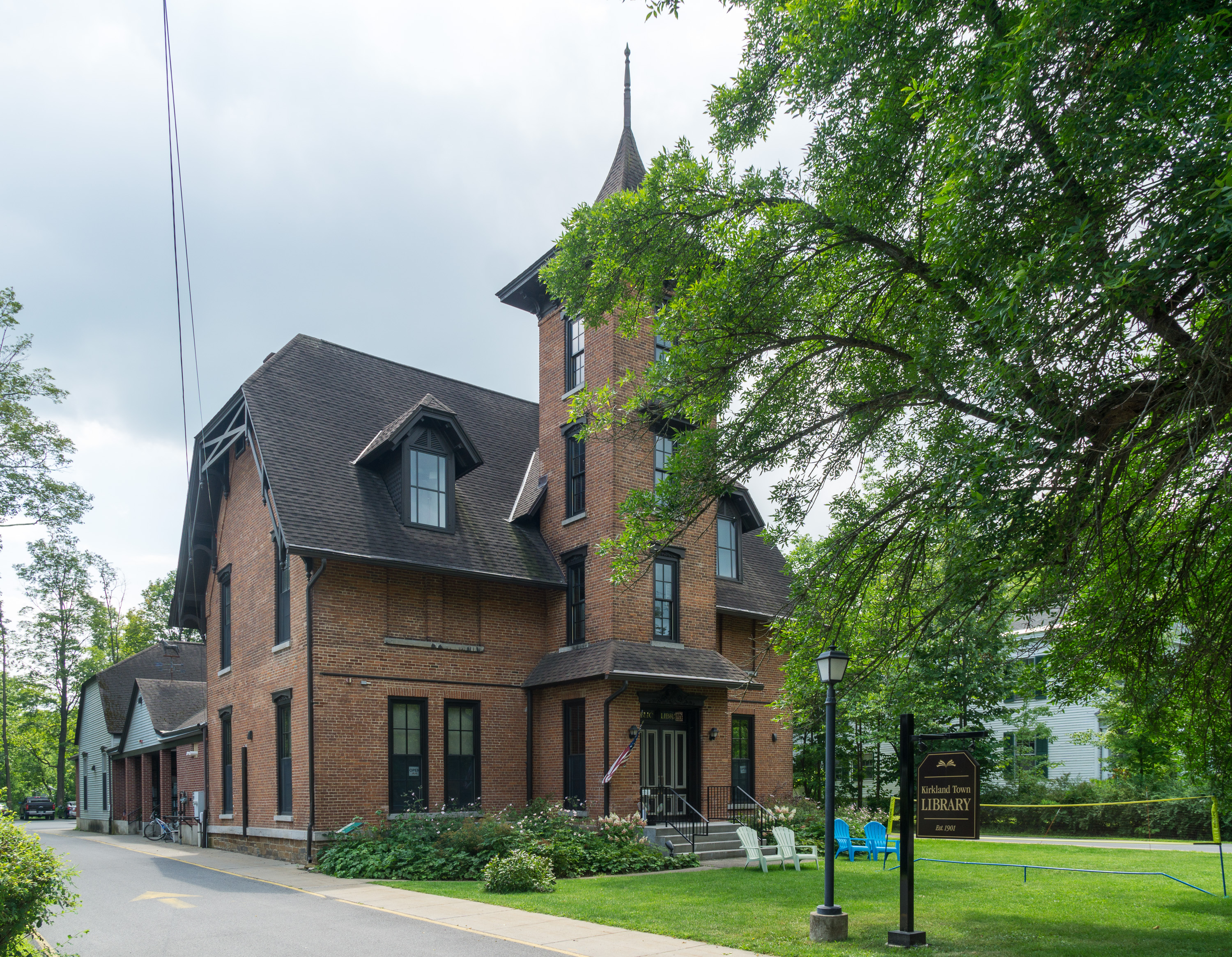|
Papyrus Oxyrhynchus 74
Papyrus Oxyrhynchus 74 (P. Oxy. 74) is a registration of property (ἀπογραφή) like P. Oxy. 72 and P. Oxy. 73. It is concerned with the registration of sheep and goats, and is written in Greek. The manuscript was written on papyrus in the form of a sheet. It was discovered by Grenfell and Hunt in 1897 in Oxyrhynchus. The document was written on 28 January 116. Currently it is housed in the library of the Hamilton College in Clinton. The text was published by Grenfell and Hunt in 1898.P. Oxy. 74 at the Oxyrhynchus Online The letter was addressed to the ''.'' It was wr ... [...More Info...] [...Related Items...] OR: [Wikipedia] [Google] [Baidu] |
Papyrus Oxyrhynchus 72
Papyrus Oxyrhynchus 72 (P. Oxy. 72) is a notice of a transfer of property (ἀπογραφή), written in Greek. The manuscript was written on papyrus in the form of a sheet. It was discovered by Grenfell and Hunt in 1897 in Oxyrhynchus. The document was written on 12 April 90. Currently it is housed in the Haskell Oriental Institute (2062) in University of Chicago. The text was published by Grenfell and Hunt in 1898.P. Oxy. 72 at the Oxyrhynchus Online The letter was addressed by Zoilus to the keepers of the archives. It reports on behalf of Marcus Porcius, who was away, the purchase of a piece of land. The measurements of the fragment are 408 by 96 mm. See also < ...
|
Papyrus Oxyrhynchus 73
Papyrus Oxyrhynchus 73 (P. Oxy. 73), is a notice of a transfer of property (ἀπογραφή), like P. Oxy. 72. However in this case the property being transferred is a slave. The document is written in Greek. The manuscript was written on papyrus in the form of a sheet. It was discovered by Grenfell and Hunt in 1897 in Oxyrhynchus. The document was written between 25 July and 28 August 94. Currently it is housed in the John Rylands University Library in Manchester. The text was published by Grenfell and Hunt in 1898.P. Oxy. 73 at the Oxyrhynchus Online The letter was addressed to an official. It mentions that it was drawn up "in the street," which probably means before a public |
Greek Language
Greek ( el, label=Modern Greek, Ελληνικά, Elliniká, ; grc, Ἑλληνική, Hellēnikḗ) is an independent branch of the Indo-European family of languages, native to Greece, Cyprus, southern Italy (Calabria and Salento), southern Albania, and other regions of the Balkans, the Black Sea coast, Asia Minor, and the Eastern Mediterranean. It has the longest documented history of any Indo-European language, spanning at least 3,400 years of written records. Its writing system is the Greek alphabet, which has been used for approximately 2,800 years; previously, Greek was recorded in writing systems such as Linear B and the Cypriot syllabary. The alphabet arose from the Phoenician script and was in turn the basis of the Latin, Cyrillic, Armenian, Coptic, Gothic, and many other writing systems. The Greek language holds a very important place in the history of the Western world. Beginning with the epics of Homer, ancient Greek literature includes many works of lasting impo ... [...More Info...] [...Related Items...] OR: [Wikipedia] [Google] [Baidu] |
Papyrus
Papyrus ( ) is a material similar to thick paper that was used in ancient times as a writing surface. It was made from the pith of the papyrus plant, '' Cyperus papyrus'', a wetland sedge. ''Papyrus'' (plural: ''papyri'') can also refer to a document written on sheets of such material, joined side by side and rolled up into a scroll, an early form of a book. Papyrus is first known to have been used in Egypt (at least as far back as the First Dynasty), as the papyrus plant was once abundant across the Nile Delta. It was also used throughout the Mediterranean region. Apart from a writing material, ancient Egyptians employed papyrus in the construction of other artifacts, such as reed boats, mats, rope, sandals, and baskets. History Papyrus was first manufactured in Egypt as far back as the fourth millennium BCE.H. Idris Bell and T.C. Skeat, 1935"Papyrus and its uses"(British Museum pamphlet). The earliest archaeological evidence of papyrus was excavated in 2012 and 2 ... [...More Info...] [...Related Items...] OR: [Wikipedia] [Google] [Baidu] |
Bernard Grenfell
Bernard Pyne Grenfell FBA (16 December 1869 – 18 May 1926) was an English scientist and Egyptologist. Life Grenfell was the son of John Granville Grenfell FGS and Alice Grenfell. He was born in Birmingham and brought up and educated at Clifton College in Bristol, where his father taught. He obtained a scholarship in 1888 and enrolled at The Queen's College, Oxford.Bell, H. (2004-09-23). Grenfell, Bernard Pyne (1869–1926), papyrologist. Oxford Dictionary of National Biography. Retrieved 18 Jan. 2018, Selink/ref> With his friend and colleague, Arthur Surridge Hunt, he took part in the archaeological dig of Oxyrhynchus and discovered many ancient manuscripts known as the Oxyrhynchus Papyri, including some of the oldest known copies of the New Testament and the Septuagint. Other notable finds are extensive, including previously unknown works by known classical authors. The majority of the find consists of thousands of documentary texts. Parabiblical material, such as copies of ... [...More Info...] [...Related Items...] OR: [Wikipedia] [Google] [Baidu] |
Arthur Surridge Hunt
Arthur Surridge Hunt, FBA (1 March 1871 – 18 June 1934) was an English papyrologist. Hunt was born in Romford, Essex, England. Over the course of many years, Hunt, along with Bernard Grenfell, recovered many papyri from excavation sites in Egypt, including the Oxyrhynchus Papyri. He worked with Campbell Cowan Edgar on a translation of the Zenon Papyri from the original Greek and Demotic. Publications *Grenfell, Bernard Pyne and Hunt, Arthur Surridge, ''Sayings of Our Lord from an early Greek Papyrus'' (Egypt Exploration Fund; 1897). *Grenfell, Bernard Pyne, Hunt, Arthur Surridge, and Hogarth, David George, Fayûm Towns and Their Papyri' (London 1900). *Grenfell, Bernard Pyne and Hunt, Arthur Surridge, eds., Hellenica Oxyrhynchia cum Theopompi et Cratippi Fragmentis' (Oxford: Clarendon Press, 1909). *Hunt, Arthur Surridge, "Papyri and Papyrology." ''The Journal of Egyptian Archaeology'' 1, no. 2 (1914): 81–92. See also * Oxyrhynchus Oxyrhynchus (; grc-gre, Ὀξύρ ... [...More Info...] [...Related Items...] OR: [Wikipedia] [Google] [Baidu] |
Oxyrhynchus
Oxyrhynchus (; grc-gre, Ὀξύρρυγχος, Oxýrrhynchos, sharp-nosed; ancient Egyptian ''Pr-Medjed''; cop, or , ''Pemdje''; ar, البهنسا, ''Al-Bahnasa'') is a city in Middle Egypt located about 160 km south-southwest of Cairo in Minya Governorate. It is also an archaeological site, considered one of the most important ever discovered. Since the late 19th century, the area around Oxyrhynchus has been excavated almost continually, yielding an enormous collection of papyrus texts dating from the Ptolemaic Kingdom and Roman Egypt. They also include a few vellum manuscripts, and more recent Arabic manuscripts on paper (for example, the medieval P. Oxy. VI 1006) History Ancient Egyptian Era Oxyrhynchus lies west of the main course of the Nile on the Bahr Yussef, a branch that terminates in Lake Moeris and the Faiyum oasis. In ancient Egyptian times, there was a city on the site called Per-Medjed, named after the medjed, a species of elephantfish of the Nile ... [...More Info...] [...Related Items...] OR: [Wikipedia] [Google] [Baidu] |
Hamilton College (New York)
Hamilton College is a private liberal arts college in Clinton, Oneida County, New York. It was founded as Hamilton-Oneida Academy in 1793 and was chartered as Hamilton College in 1812 in honor of inaugural trustee Alexander Hamilton, following a proposal brought forward after his death in 1804. Hamilton has been coeducational since 1978, when it merged with its coordinate sister school Kirkland College. Hamilton is an exclusively undergraduate institution, enrolling 1,900 students in the fall of 2021. Students may choose from 57 areas of study, including 44 majors, or design an interdisciplinary concentration. Hamilton's student body is 53% female and 47% male, and comes from 45 U.S. states and 46 countries. Hamilton places among the most selective colleges in the country, with an 11.8% acceptance rate. Athletically, Hamilton teams compete in the New England Small College Athletic Conference. History Hamilton began in 1793 as the Hamilton-Oneida Academy, a seminary founded by ... [...More Info...] [...Related Items...] OR: [Wikipedia] [Google] [Baidu] |
Clinton, Oneida County, New York
Clinton (or ''Ka-dah-wis-dag'', "white field" in Seneca language) is a village in Oneida County, New York, United States. The population was 1,942 at the 2010 census. It was named for George Clinton, the first Governor of New York. The Village of Clinton, site of Hamilton College, is within the Town of Kirkland. The village was known as the "village of schools" due to the large number of private schools operating in the village during the 19th century. History Part of Coxe's Patent, 6th division, Clinton began in March 1787 when Revolutionary War veterans from Plymouth, Connecticut, settled in Clinton. Pioneer Moses Foote brought seven other families with him to the area. The new inhabitants found good soil, plentiful forests, and friendly Brothertown Indians in southern Kirkland along with Oneida people, who passed through on trails. Named after New York's first governor, George Clinton, an uncle of Erie Canal builder and governor DeWitt Clinton, the village had a gri ... [...More Info...] [...Related Items...] OR: [Wikipedia] [Google] [Baidu] |
Strategus
''Strategos'', plural ''strategoi'', Latinized ''strategus'', ( el, στρατηγός, pl. στρατηγοί; Doric Greek: στραταγός, ''stratagos''; meaning "army leader") is used in Greek to mean military general. In the Hellenistic world and the Eastern Roman Empire the term was also used to describe a military governor. In the modern Hellenic Army, it is the highest officer rank. Etymology ''Strategos'' is a compound of two Greek words: ''stratos'' and ''agos''. ''Stratos'' (στρατός) means "army", literally "that which is spread out", coming from the proto-Indo-European root *stere- "to spread". ''Agos'' (ἀγός) means "leader", from ''agein'' (ἄγειν) "to lead", from the proto-Ιndo-Εuropean root *ag- "to drive, draw out or forth, move”. Classical Greece Athens In its most famous attestation, in Classical Athens, the office of ''strategos'' existed already in the 6th century BC, but it was only with the reforms of Cleisthenes in 501 BC ... [...More Info...] [...Related Items...] OR: [Wikipedia] [Google] [Baidu] |
Oxyrhynchus Papyri
The Oxyrhynchus Papyri are a group of manuscripts discovered during the late nineteenth and early twentieth centuries by papyrologists Bernard Pyne Grenfell and Arthur Surridge Hunt at an ancient rubbish dump near Oxyrhynchus in Egypt (, modern ''el-Bahnasa''). The manuscripts date from the time of the Ptolemaic (3rd century BC) and Roman periods of Egyptian history (from 32 BC to the Muslim conquest of Egypt in 640 AD). Only an estimated 10% are literary in nature. Most of the papyri found seem to consist mainly of public and private documents: codes, edicts, registers, official correspondence, census-returns, tax-assessments, petitions, court-records, sales, leases, wills, bills, accounts, inventories, horoscopes, and private letters. Although most of the papyri were written in Greek, some texts written in Egyptian ( Egyptian hieroglyphics, Hieratic, Demotic, mostly Coptic), Latin and Arabic were also found. Texts in Hebrew, Aramaic, Syriac and Pahlavi have so far ... [...More Info...] [...Related Items...] OR: [Wikipedia] [Google] [Baidu] |
Papyrus Oxyrhynchus 75
Papyrus Oxyrhynchus 75 (P. Oxy. 75) is a registration of an inheritance, written in Greek. The manuscript was written on papyrus in the form of a sheet. It was discovered by Grenfell and Hunt in 1897 in Oxyrhynchus. The document was written on 6 April 129. Currently it is housed in the library of the Haskell Oriental Institute (2063) in Chicago. The text was published by Grenfell and Hunt in 1898.P. Oxy. 75 at the Oxyrhynchus Online The letter was addressed to Diogenes and Theon, keepers of the archives. It was written by Theon, son of Theon. The writer registers in this letter the property he inherited under his father's will, which was made in 84. He also notes that his sister Diogenis, bequeath ... [...More Info...] [...Related Items...] OR: [Wikipedia] [Google] [Baidu] |








